Affiliate links on Android Authority may earn us a commission. Learn more.
Google hardware: Where Google leads and where it lags
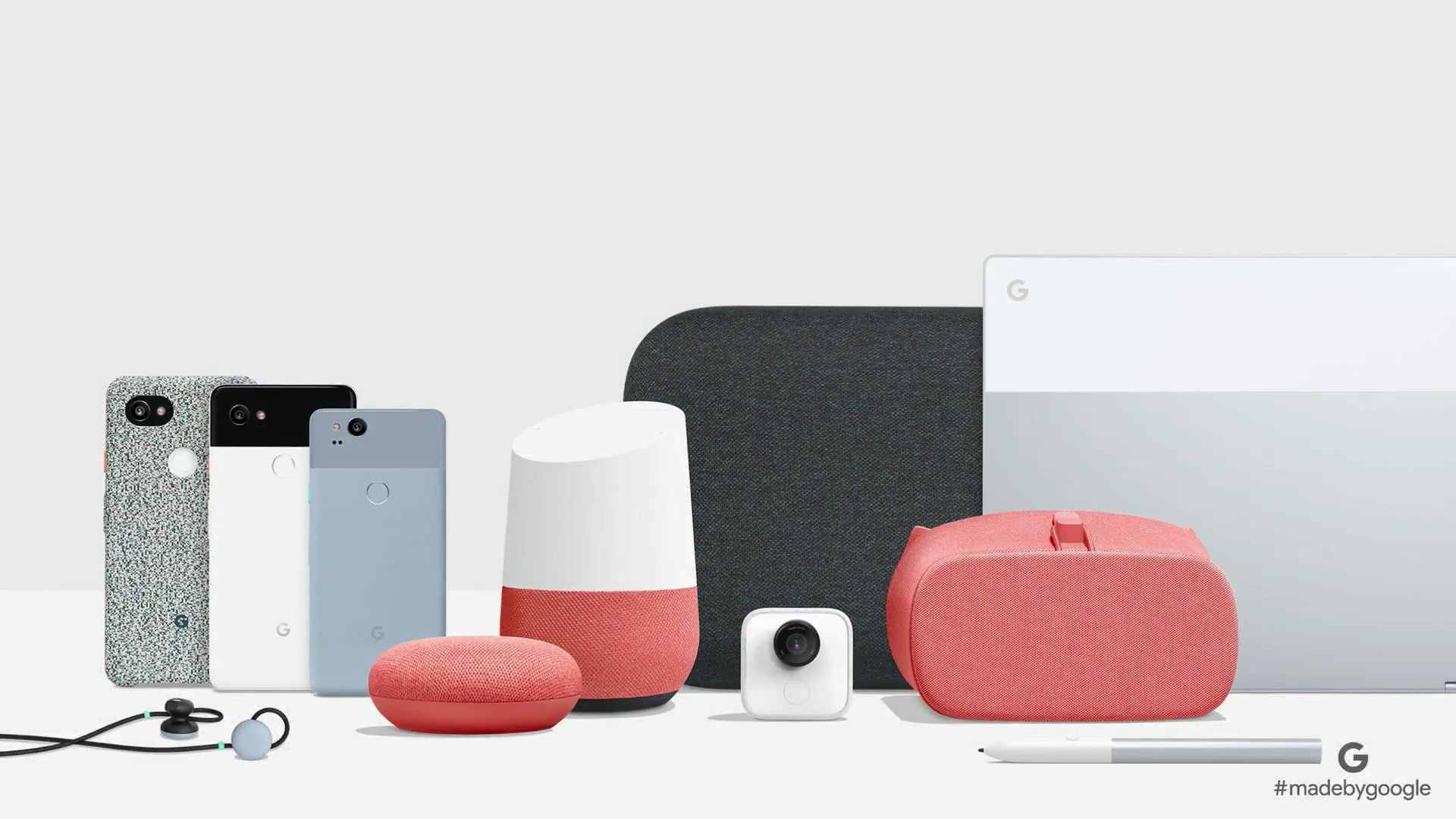
Google has been compared to Apple a fair bit lately. The company now produces two direct competitors to Apple’s biggest products with the Pixel 2 and the Pixelbook (going up against the iPhone and iPad Pro respectively). Samsung is still more likely to give Apple sleepless nights, but Google’s business model in many ways mirrors Apple’s more closely, as it is now responsible for producing both the hardware and the software for its flagship products.
A comparison with Microsoft may be most apt
But unlike Apple, Google is a software company first. Unlike Apple, it is only just getting into the hardware game in a big way.
For that reason, I actually think a comparison with Microsoft may be most apt. Microsoft is a software company primarily. Windows is no doubt the company’s crowning achievement. But with the Surface line of products, the company has developed its own reference hardware to help lead the pack. With that comes improved performance that is only possible with tight integration between the operating system and the device running it.
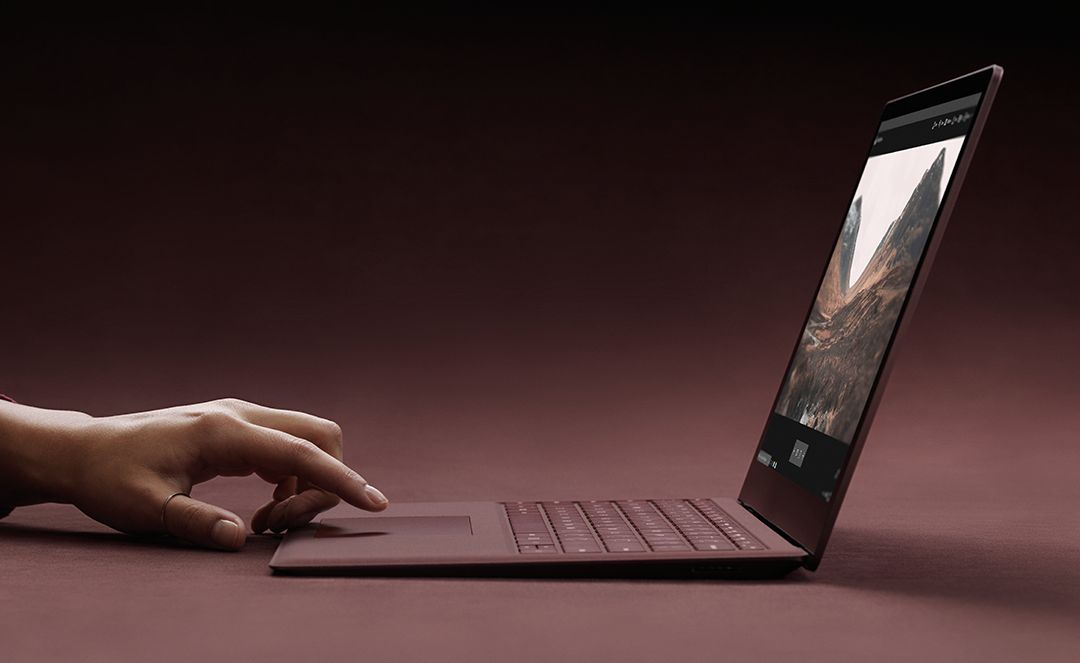
Today the Surface line is very popular, as a quick visit to any local coffee shop will confirm, but the project hasn’t been without hiccups. It represents a challenge to the OEMs that had been loyally flying the Windows flag for many years. Sound familiar? Google is experiencing precisely the same growing pains and challenges right now and only time will tell how the story ends.
The Pixel 2 and Pixelbook theoretically represent Google putting its best foot forward; showing just what an Android phone or Chromebook can be
The Pixel 2 and Pixelbook theoretically represent Google putting its best foot forward. It’s showing just how good an Android phone or Chromebook can be and the company is capable of when it tries its hand at hardware. But how does it compare with other manufacturers? Where does it need to improve?
Leading the pack
Let’s be optimistic and begin by looking at the ways in which Google is successfully leading the way. The obvious area where the Pixel 2 stands out, like the Pixel before it, is its camera. The first Pixel phone was said to have the best DXOMark score at the time, making it the best smartphone camera available (sort of). The Pixel 2 has managed to surpass its predecessor, and even brings artificial Bokeh using a single lens, thanks to some impressive software magic (though DXOMark says that the new iPhones still do it better).
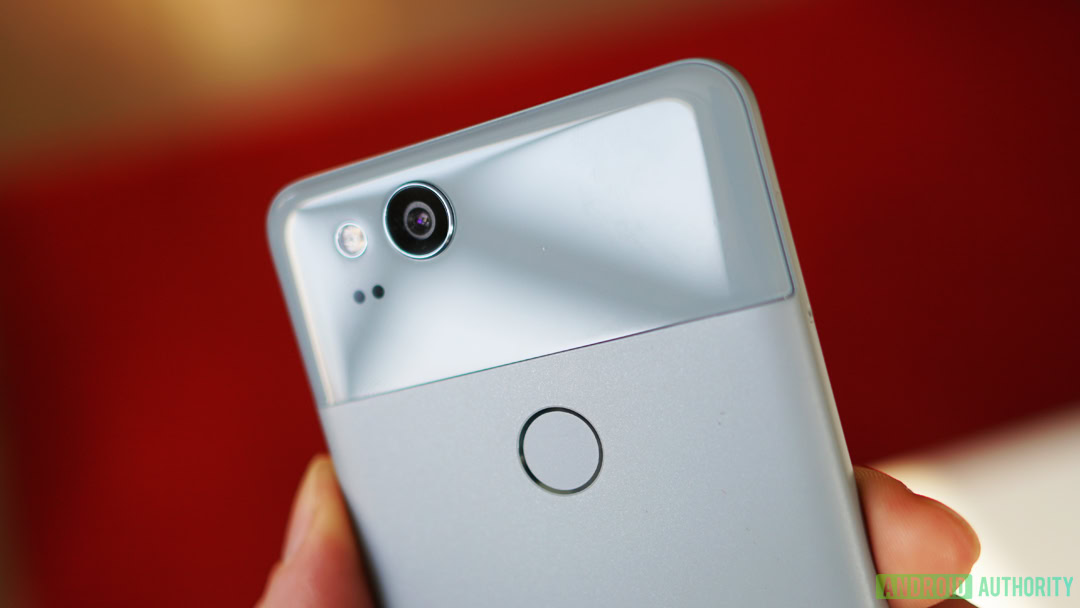
What’s more, the camera technology packed into the Pixel 2 may offer further surprises going forward. Both the 2 and 2 XL have a hidden, dormant chip called the Pixel Visual Core. This chip is used to compile HDR+ images five times faster using just a tenth of the power via machine learning algorithms. When this is activated, the already incredible camera performance is likely to improve further.
The chip itself may also be capable of other machine learning applications that could further enhance AI tools such as Google Lens. This is no surprise, seeing as Google has been developing AI chips for its servers for a while now. AI appears to be Google’s primary focus, after all, which requires hardware and software working together. It makes sense that this is an area where the company is ahead.
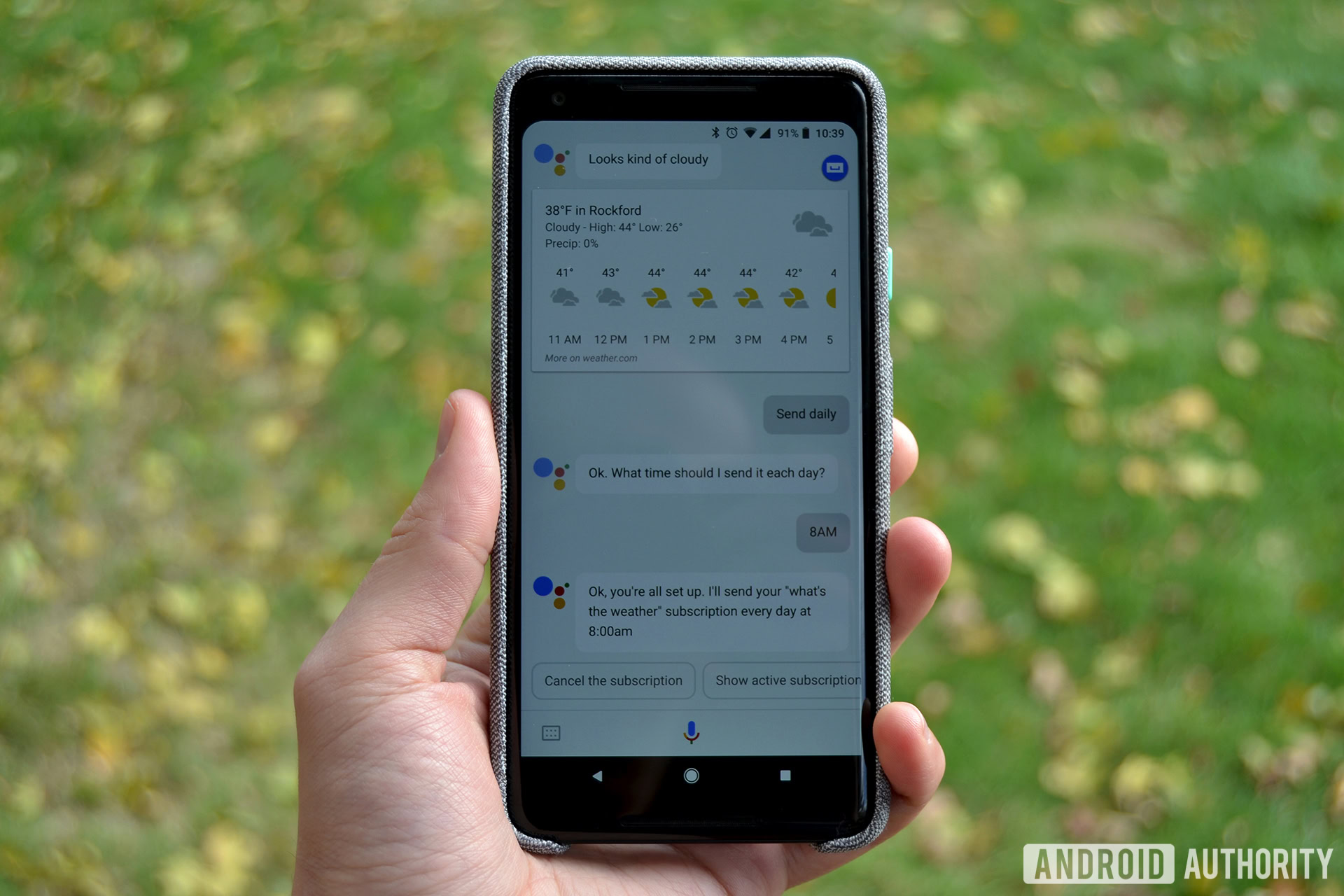
In terms of raw power, Google is also very much at the front of the pack with the Pixel 2 XL boasting a Qualcomm Snapdragon 835 and 4GB of RAM. A few other flagships like the Razer Phone or the Galaxy Note 8 have more RAM and faster processors can be found in the new iPhones, but this is definitely a top tier performer.
Even the Pixelbook comes with 16GB of RAM and an i5 or i7 Kaby Lake processor from Intel. Arguably unnecessarily-high specs for a Chromebook, which put it up there with the latest Surface Pros from Microsoft.
Keeping up
In terms of design, the Pixel brand is somewhat controversial. The look and feel of a device is of course subjective, but it’s hard to argue that any of the Pixel phones have set the world on fire with their looks. So far, the devices themselves have been visually ‘okay’ at best, and ‘meh’ at worst. The two-tone effect is at least a distinguishing feature (which also makes it over to the Pixelbook), but it doesn’t exactly shout premium. The bezels feel a little out of place in 2017. There’s just no contest when compared to the stellar aesthetics of something like a Galaxy S8.
It’s hard to argue that any of the Pixel phones have set the world alight with their looks
The inconsistencies between the Pixel 2 and Pixel 2 XL also feel somewhat odd. There’s no single design language and no cohesion. This is due in large part to the fact that the Pixel 2 XL was developed by LG and the Pixel 2 was developed by HTC. Google actually ‘acqui-hired’ (apparently that’s a word now) 2,000 engineers from HTC to use for its own in-house projects. Why this team wasn’t used for both phones is unclear.
Whatever the case, it’s certainly unusual to see such discrepancies between two versions of the same phone. The first Pixel reportedly missed out on water resistance due to time constraints. Perhaps something similar happened here, seeing as there was only a short amount of time between the staff purchase and the release of the Pixel 2. While 2,000 might sound like a lot of engineers, it’s still only half of HTC’s R&D department.
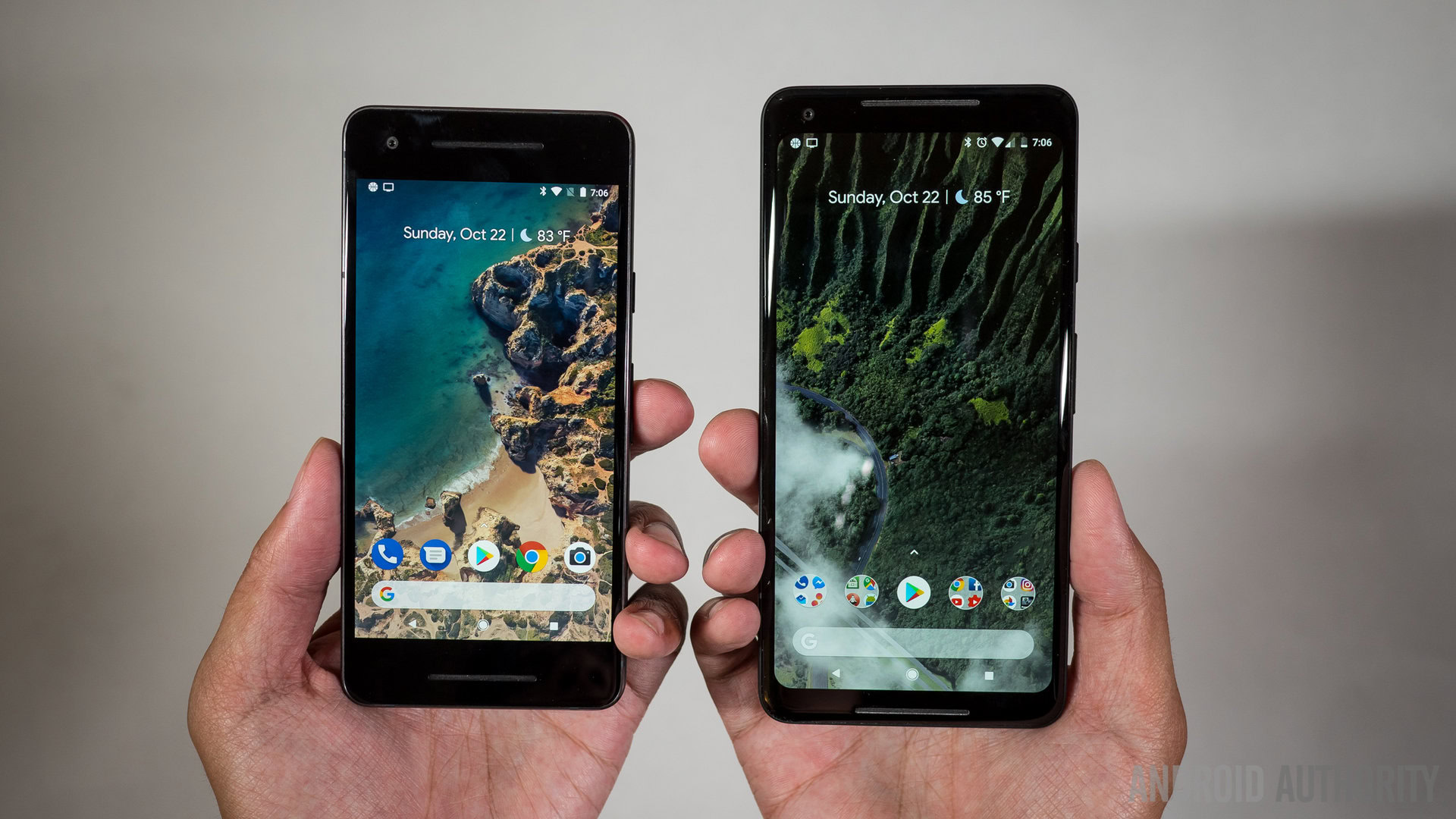
I wouldn’t say this is necessarily an example of Google being ‘behind’ in terms of design. The build quality is still very good overall and while the phones might no be up to the lofty standards set by Apple or Samsung, they’re just fine when compared to offerings from Sony or Nokia/HMD. There are also plenty of subtle touches that deserve applause, such as the lack of camera bump and front-facing speakers.
Google has also demonstrated that it is clearly capable of building a premium, high-end device with its Pixel Book. I haven’t had the good fortune to see one in person yet, but the general consensus is that this is a device with the build quality and aesthetic to match your MacBooks and your XPS 15s (I said that because I just bought one; buyers’ psychology). It’s just a shame that Chrome OS isn’t quite ready to compete with Windows or MacOS.
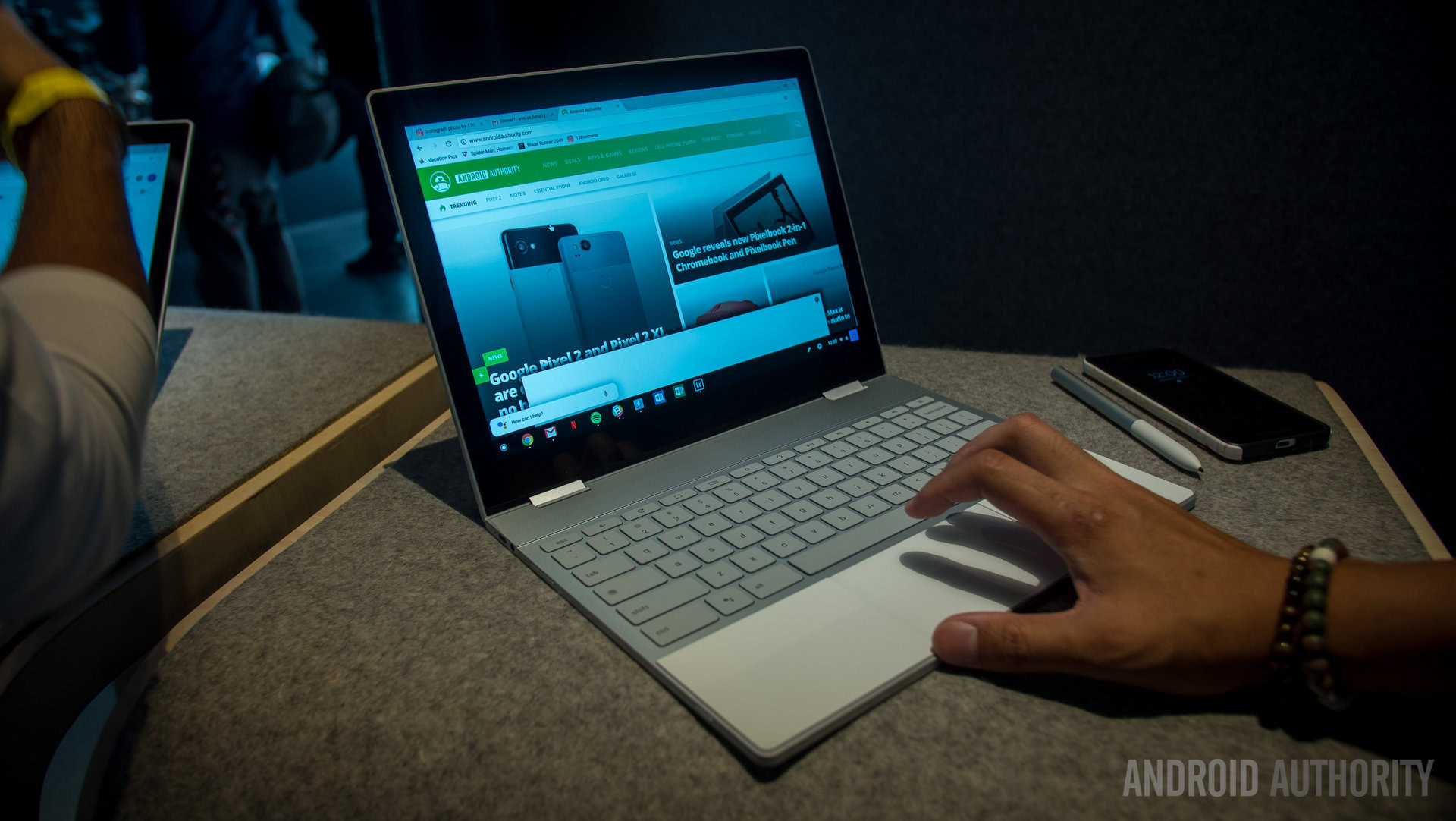
Playing catch-up
There are definitely some areas where Google is clearly still lagging. For one, there’s the screen on the Pixel 2 XL, which has been the subject of much debate. From poor color reproduction (which is at least fixable on a software level), to burn-in, to limited viewing angles; this certainly wasn’t a ‘win’ for Google.
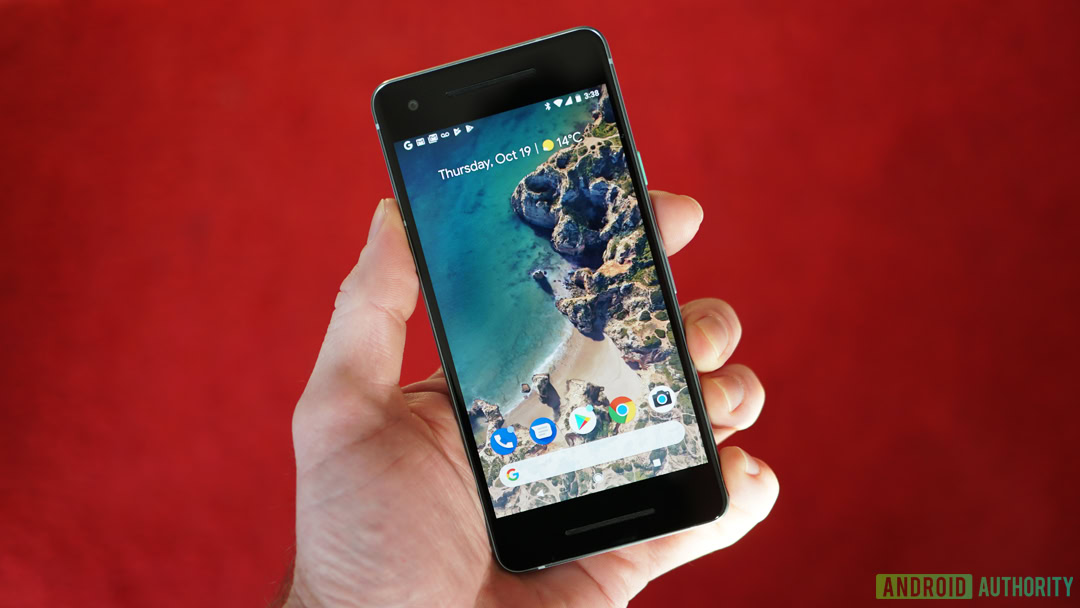
That said, issues like this can affect any company. Just look at the exploding Note 7s. It doesn’t necessarily mean that a company is ‘behind’ but in the case of Samsung, a new 8-point battery check was introduced to solve the problem. The screens on the Pixel 2 XL were developed by LG, so its uncertain how Google could have prevented the issue or how to deal with it going forward. The smaller Pixel 2 on the other hand uses an OLED panel from Samsung (as do many other devices from other brands – including iPhones) and had no such issues.
That said, issues like this can affect any company. Just look at the exploding Note 7s.
Distribution has also been an issue for Google, with Pixels absent from most carrier stores and supply reportedly running low, making it hard for users to get their hands on any of these devices in the first place. Google has its team of engineers and Amazon’s old hardware chief to ease them into the hardware game, but that won’t necessarily help with distribution. Again, this is fairly common for a company still finding its footing as a manufacturer and it will likely to improve over time.
In terms of hardware alone, there’s not much in the way of experimentation or true novelty. The camera is amazing. You can squeeze the Pixels. The Pixelbook has a nice Yogabook style flippability. But these are things that have been done before on other devices and Google has yet to truly wow us with something genuinely unique. I think many of us were hoping they would do just that when they announced the very first Pixel phone (I know I was, at least). The company just seems to be playing it safe.
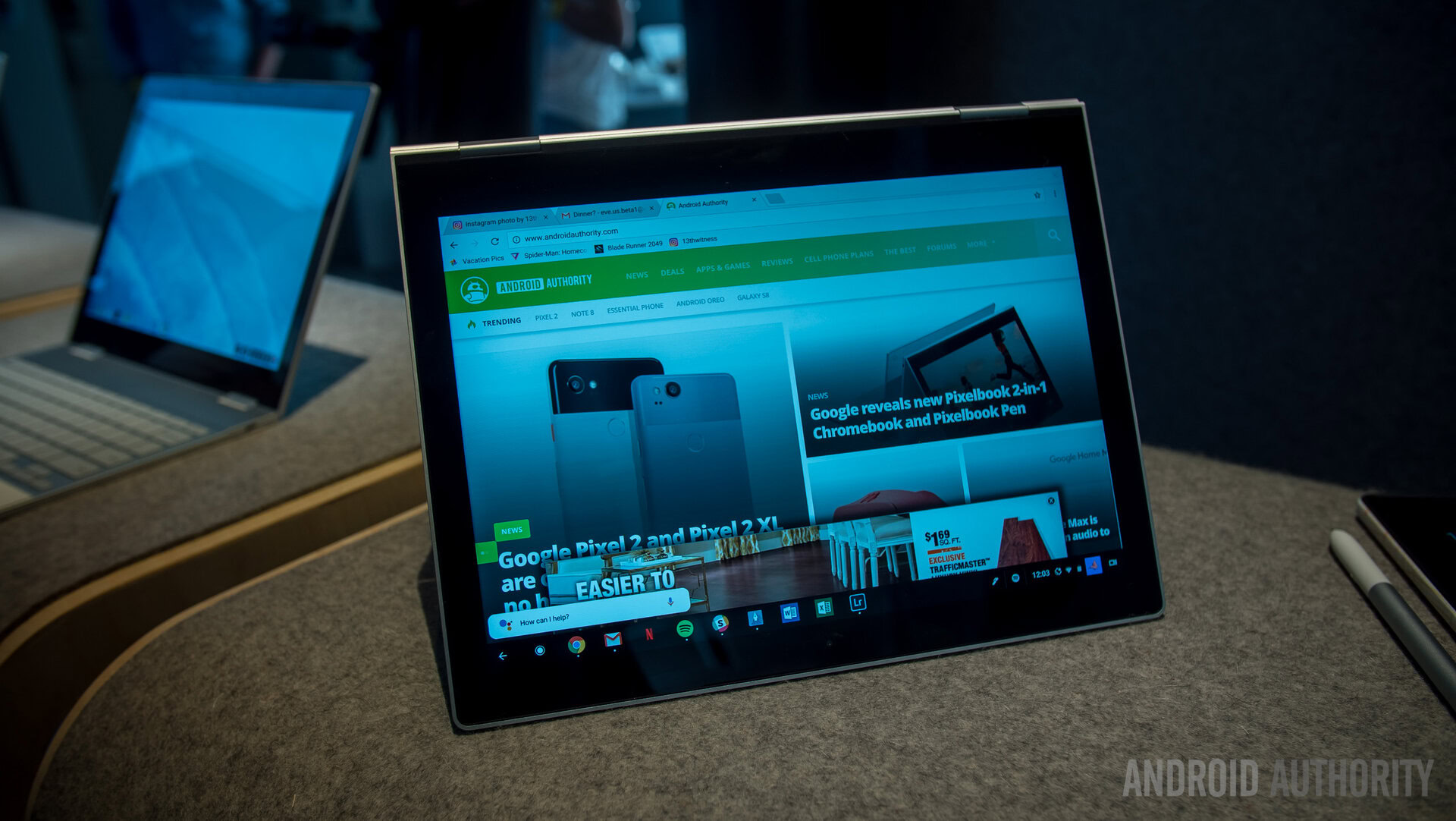
Google is still growing into its new role. It’s a company that has a new, relatively small team to work on its devices, which still needs help from other manufacturers. A company that has some distinct advantages and expertise to bring to the table, but hasn’t quite nailed down its QA or distribution just yet. A company that released a plethora of devices in a relatively short timeframe and that has a ton of other projects on the go.
The overall impression is of a company that is still growing into its new role.
To be clear, this is all normal. To use the Microsoft comparison again, the Surface Pro and Surface Pro 2 were not huge successes. Both devices were riddled with issues including some serious design flaws (the Surface Pro one coined the expression ‘lapability’). The first Surface didn’t make its way over here to the U.K. until months after its U.S. launch.
Most OEMs take a few iteration cycles to hit their stride. Perhaps Google is just rolling up its sleeves. By the time Pixel 3 rolls around, we’ll be looking at a company that has hopefully learned its lessons, built crucial connections, and settled into its rhythm. That will be the true test.
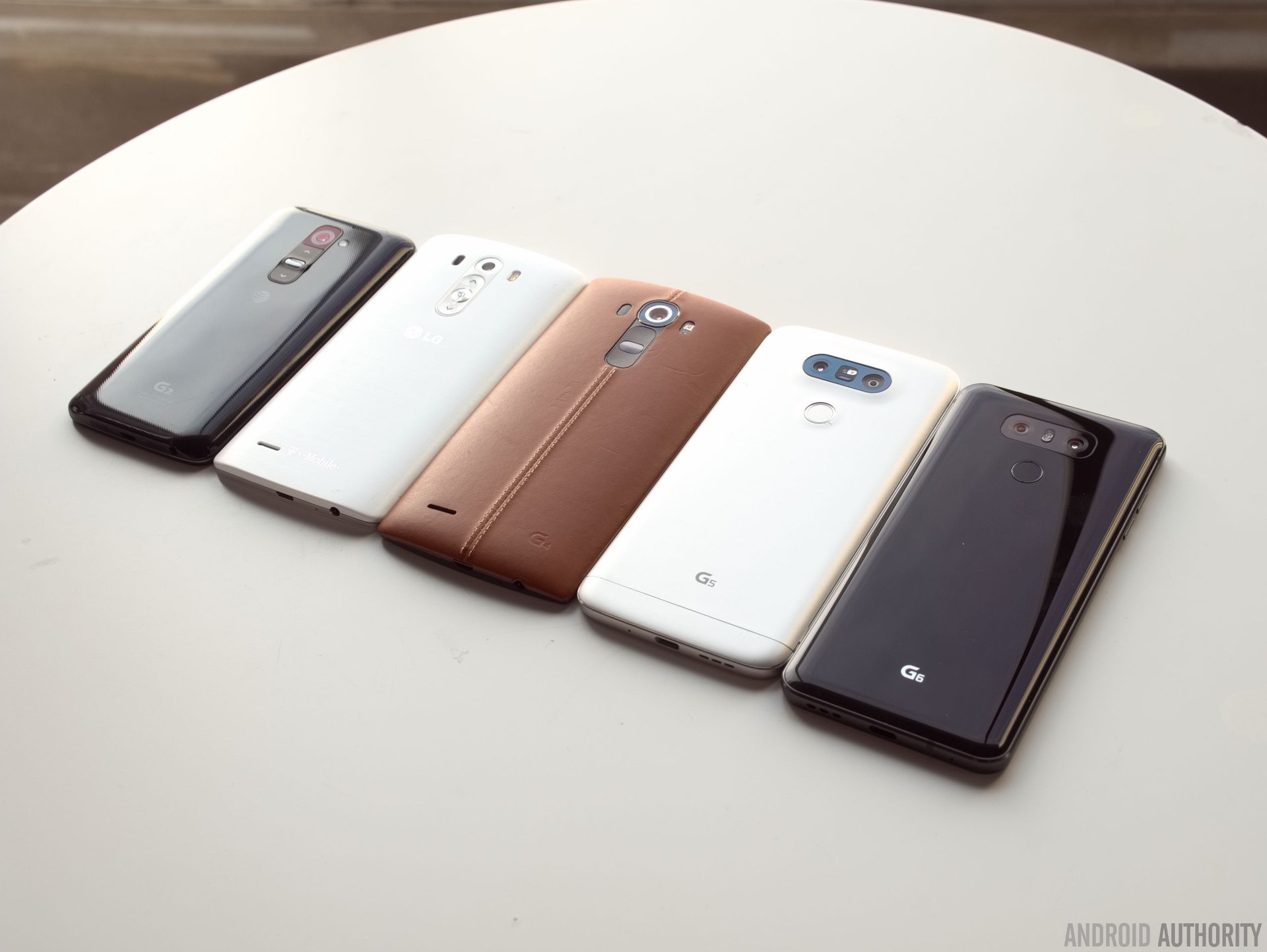
Give it time. Google’s hardware is already showing tremendous potential and kicking ass in many key areas.
Marching to their own beat
Google is no ordinary OEM
Another area in which Google is arguably playing ‘catch-up’ is simply in the range of its offerings. There is no Google Watch, nor any reason to suspect that one on the way. The Pixel Core is impressive, but it isn’t specifically an NPU. I would have expected Google to be the first to offer fully onboard AI, similar to what HUAWEI is doing with its Kirin 970 processor. Even the Pixel phones technically came pretty late. Just look at the numbers: Note 8, iPhone X (10), Pixel 2. Is Google just a follower when it comes to hardware? Is that why the headphone jack has disappeared?
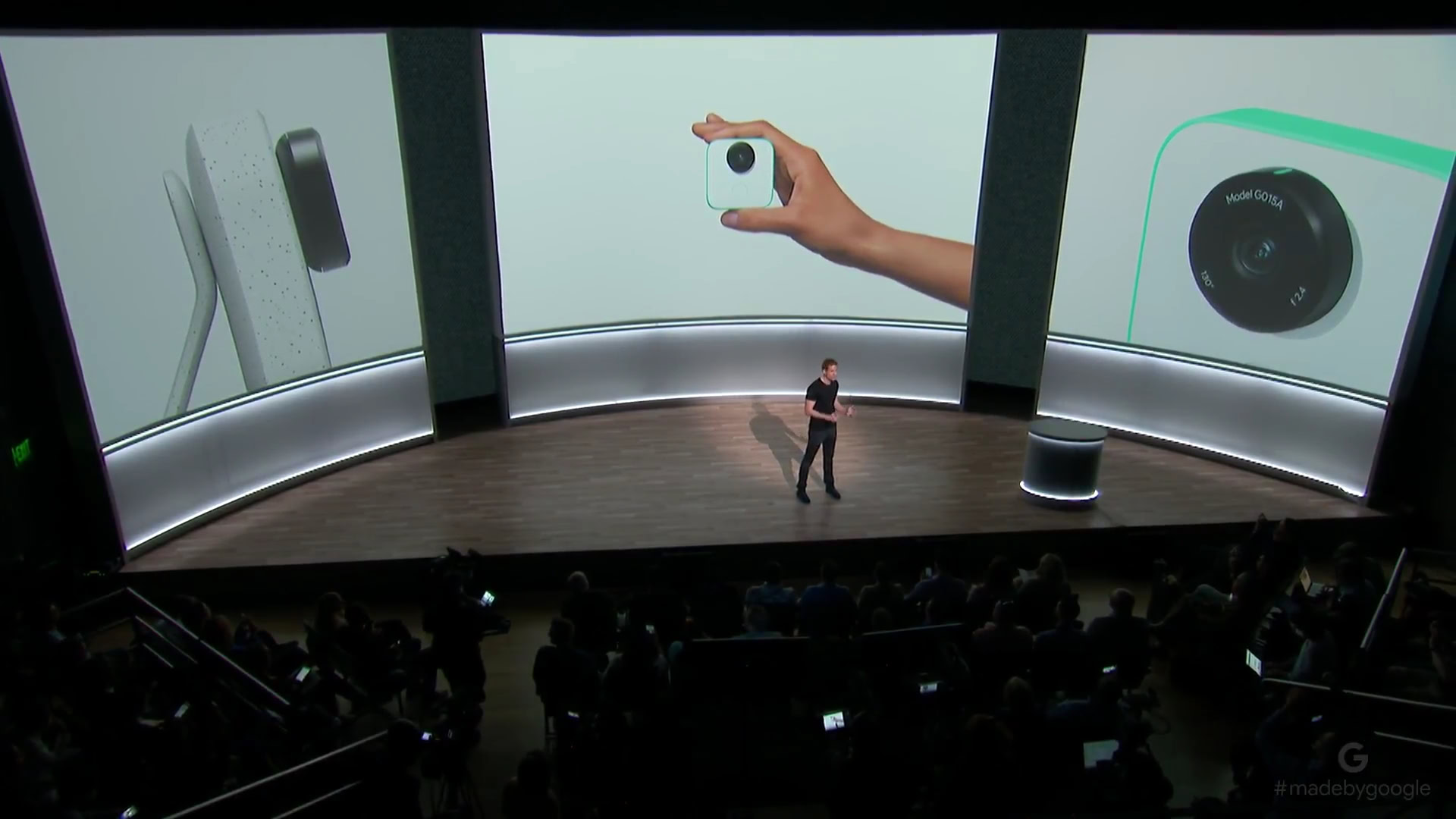
I don’t think so. In fact, I think Google is truly innovating. It may be late to the smartphone game, but it’s also doing some interesting things that other manufacturers wouldn’t dream of. Google Clips for instance is a device unlike anything other OEMs have to offer. It’s a device that could only really have come from Google. Google Home is competing with the Amazon Echo, but it’s a gadget missing from Apple or Samsung’s portfolios. Nor does Apple have its own VR headset. Who else would make earbuds that translate other languages for you? Google Glass wasn’t exactly a success, but you can hardly accuse the company of ‘following the trends’ with that one either!
It's great that the company isn't just aping its competitors
That’s my point. Google simply has its own priorities, which are in many ways different from the rest of the competition. The company is clearly capable of putting together some pretty premium looking hardware, but it isn’t necessarily interested in selling huge volumes of phones, or creating the most stunning displays. Google is an ‘AI first’ company. after all. It has a few issues to sort through, for sure, but it’s great that the company isn’t just aping its competitors.
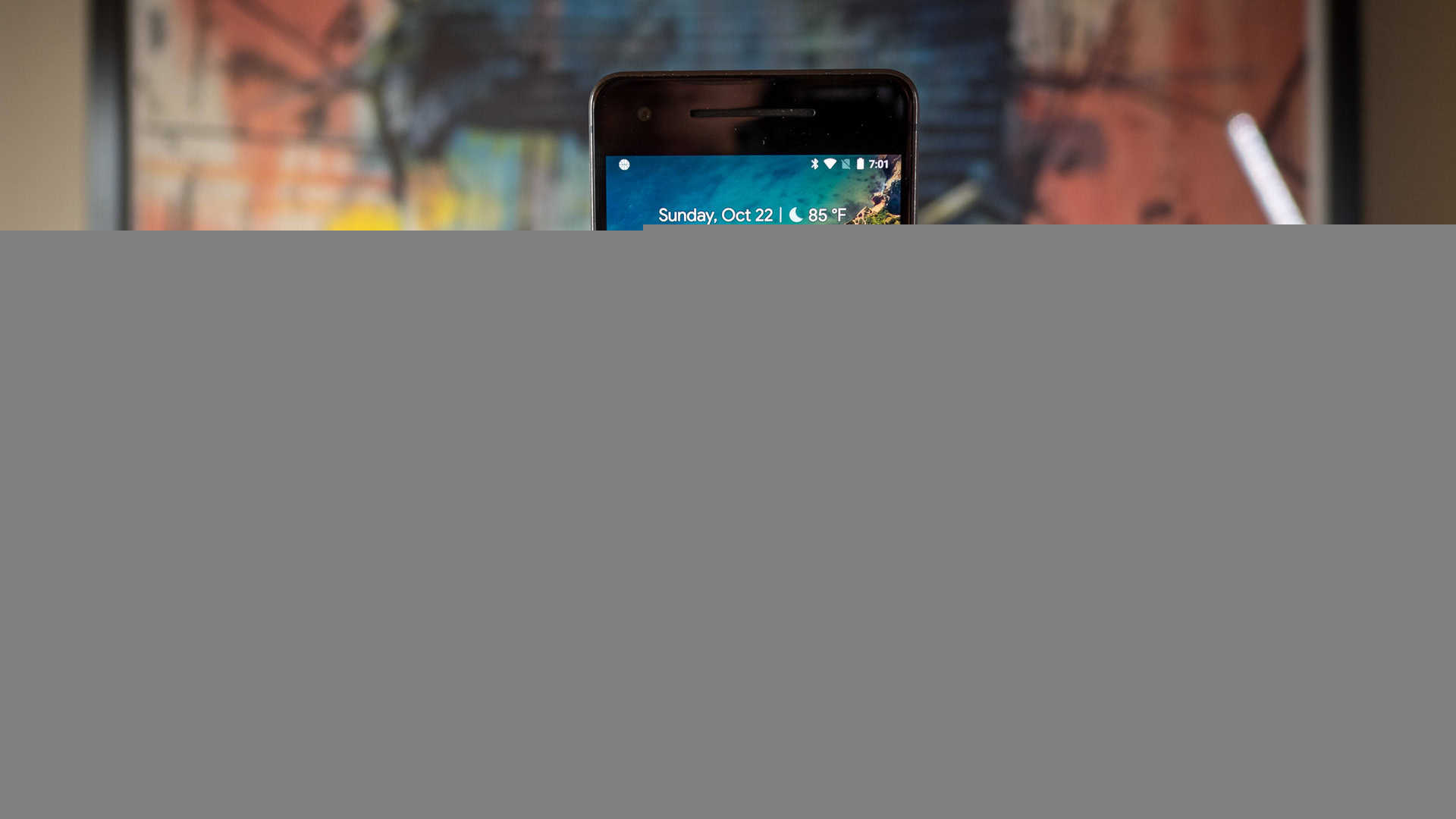
Remember: Google is no ordinary OEM. It has unique advantages and unique objectives. I can’t wait to see what it does next.